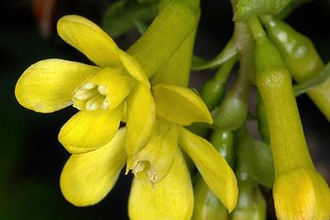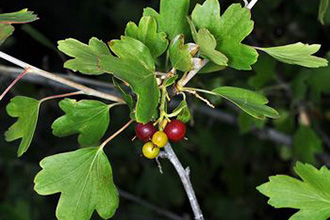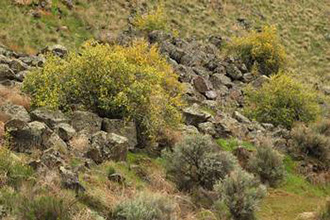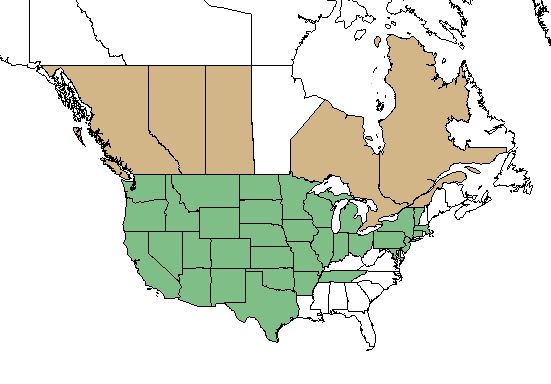Taxonomy: Kingdom - Plantae (plants). Subkingdom - Tracheobionta (vascular plants). Superdivision - Spermatophyta (seed plants). Division - Magnoliophyta (flowering plants). Class - Magnoliopsida. Order - Rosales. Family - Grossulariaceae (Currant family). Genus -Ribes L. Species - Ribes aureum Pursh.
Ecology: Golden currant occurs in grassland, coniferous forests and woodlands, and riparian and mountain shrub communities. In addition to the plant associations and cover types listed in preceding slots, golden currant occurs in the alluvial scrub vegetation of the San Gabriel River floodplain and in central coast riparian forest in California. In the Malheur National Forest, Oregon, golden currant is a member of the Mackenzie willow (Salix rigida var. mackenzieana) riparian dominance type; associated species include Wood's rose (Rosa woodsii), Kentucky bluegrass (Poa pratense), smooth brome (Bromus inermis), meadow barley (Hordeum brachyantherum), and redtop (Agrostis alba).



